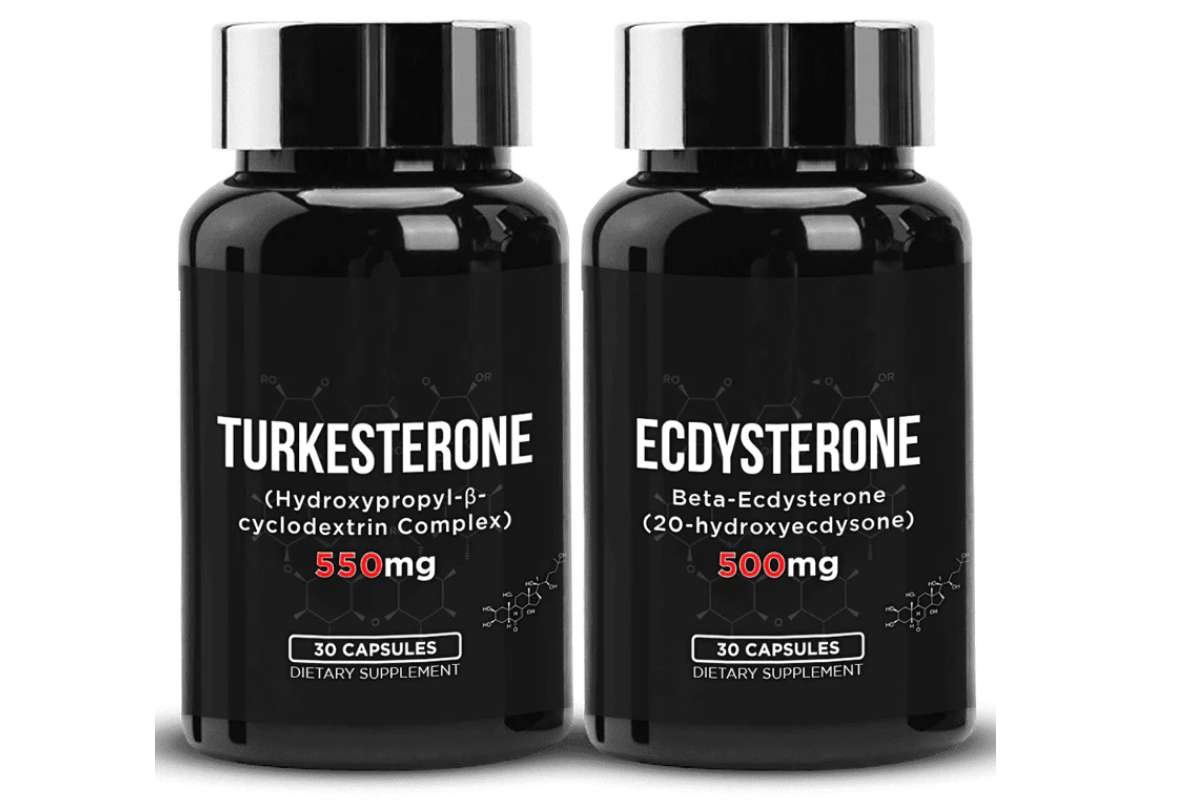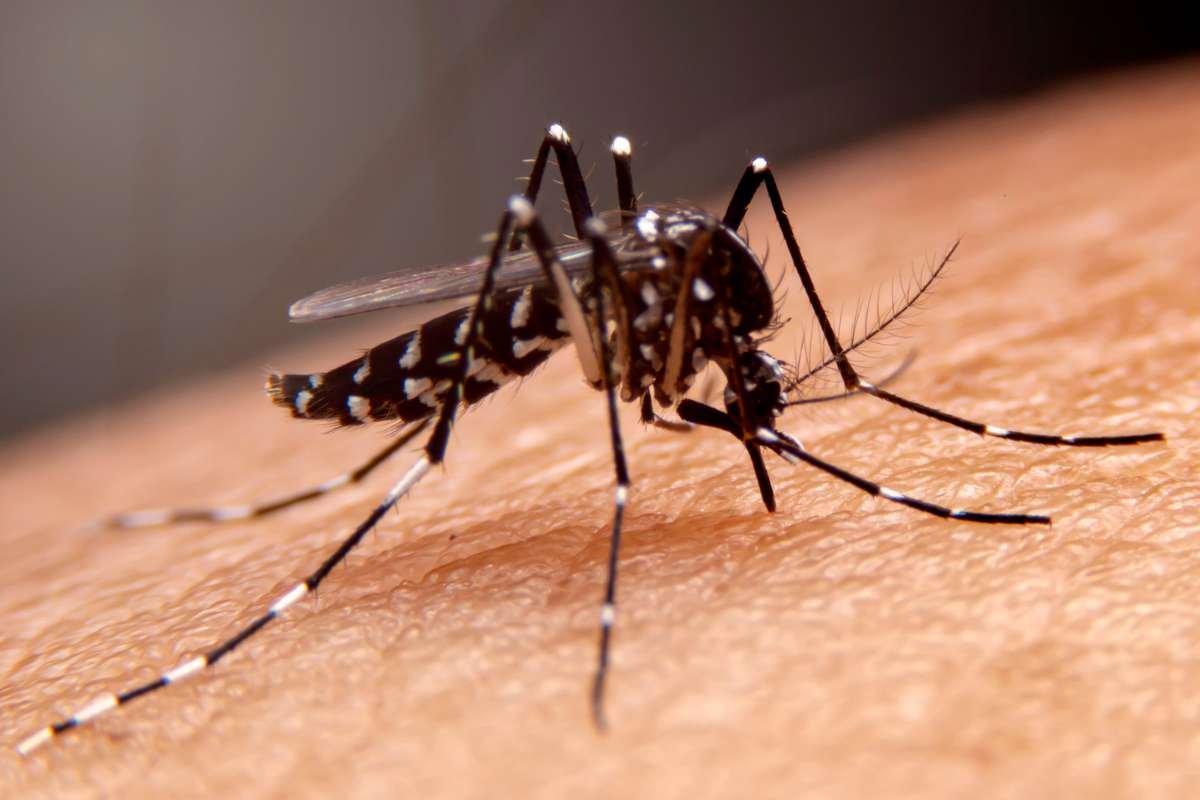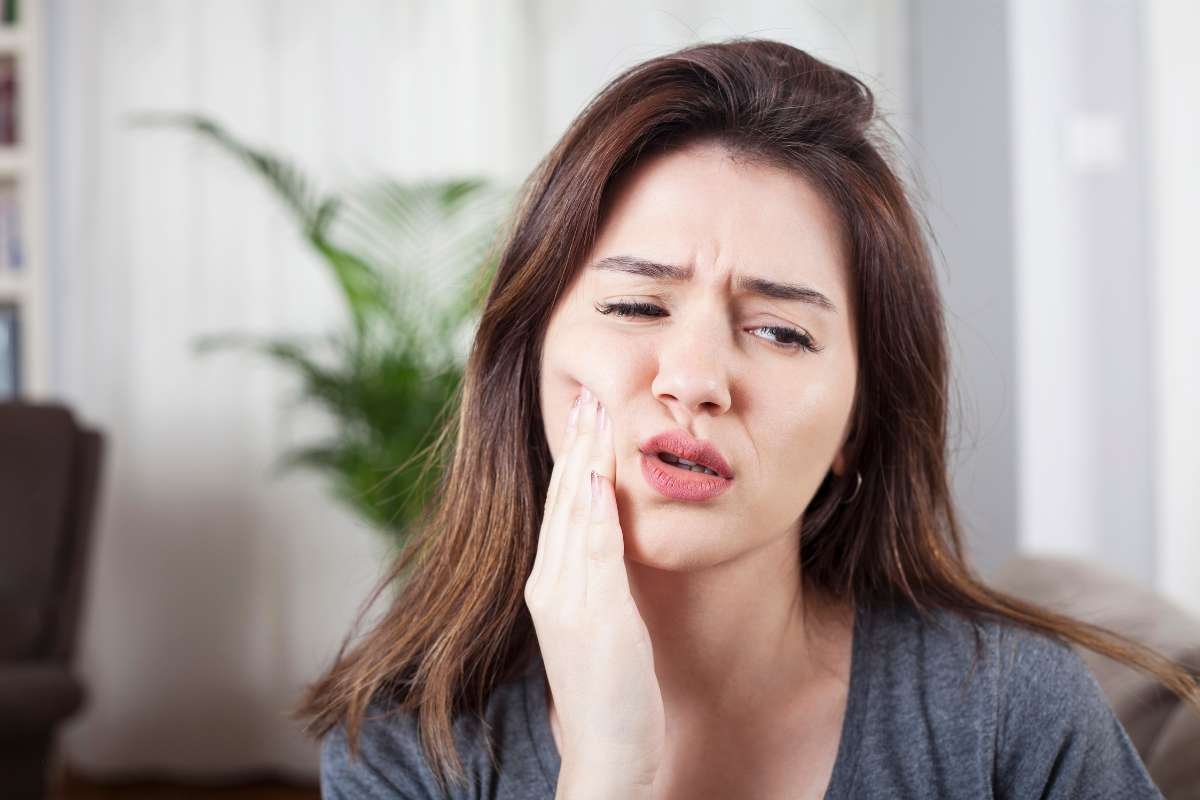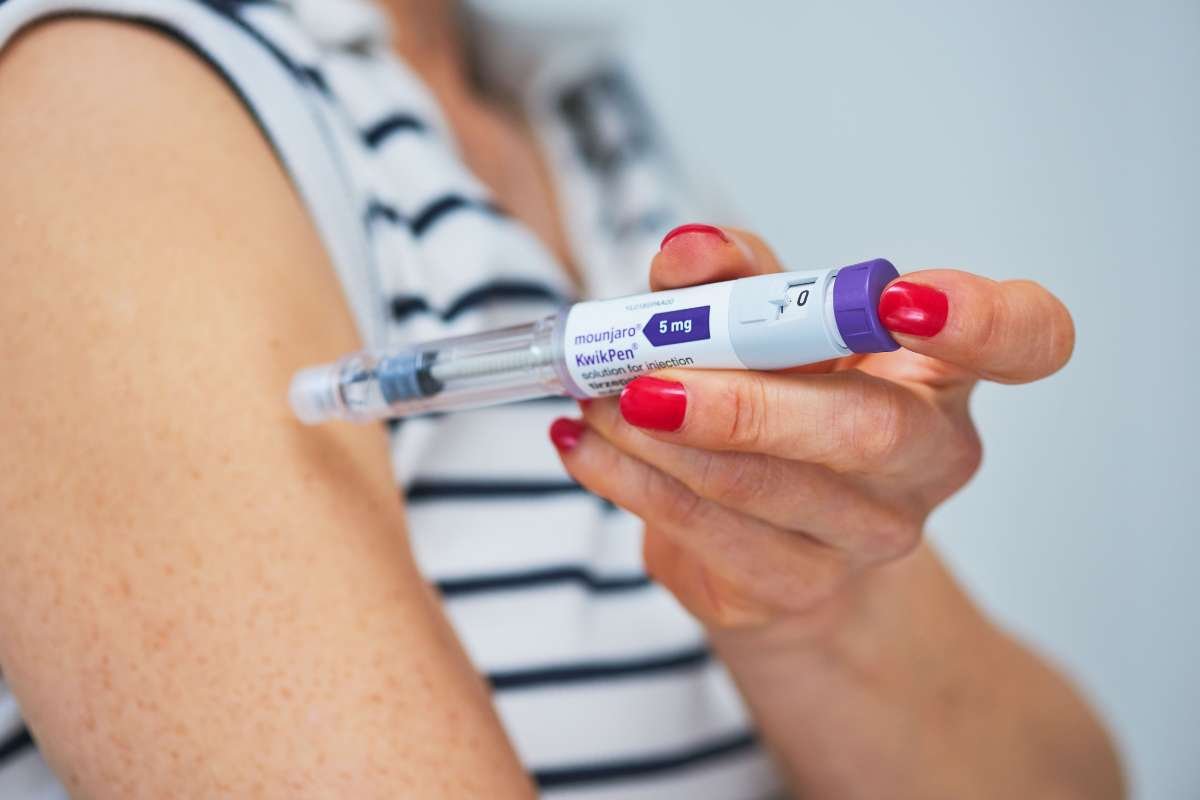In the massive growing industry of fitness and nutrition, the craze of taking multiple supplements, energy boosters, and steroids has gained so much popularity. It is used by fitness enthusiasts, and athletes to perform better in gyms, sports, or any other physical activities. There are multiple options for these supplements and steroids are present in the market and ecdysterone vs turkesterone are two of those powerful compounds that captured the attention of fitness enthusiasts. Each compound boasts different and unique mechanisms of action in the body, they have different potential benefits, and effects that target specific fitness goals. Understanding the differences and similarities between ecdysterone vs turkesterone is crucial for anyone considering their use as supplements.
This article will help you explore the insights of the topics so you can make an informed decision and navigate the complex landscape of nutritional supplements effectively.
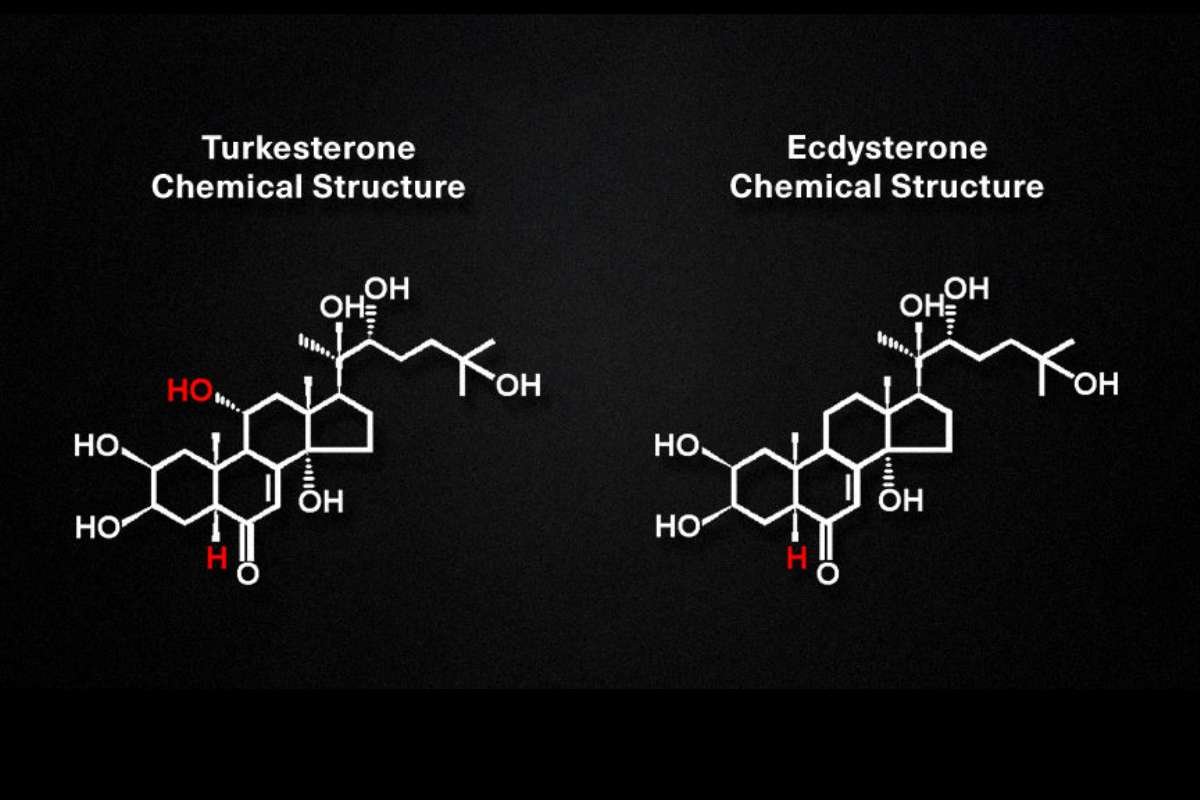
Understanding the Difference Between Ecdysterone vs Turkesterone
| Features | Ecdysterone | Turkesterone |
|---|---|---|
| Definition | Ecdysterone is a naturally occurring steroid hormone found in various plants and insects. It is classified as an ecdysteroid, which plays a crucial role in the molting process of arthropods. In the context of human health and fitness, ecdysterone is recognized for its potential anabolic effects, which may aid in muscle growth and recovery. | Turkesterone is a naturally occurring ecdysteroid, a class of compounds found in various plants and insects. Turkesterone is often studied for its potential anabolic properties and its effects on muscle growth, performance enhancement, and overall health. |
| Sources | Ecdysterone can be found in plants such as Spinacia oleracea (spinach), Chenopodium quinoa (quinoa), and Rhaponticum carthamoides (maral root). | Turkesterone is predominantly extracted from Ajuga turkestanica, but it can also be found in other plants within the same family. |
| Chemical Structure | Chemical Formula: C27H44O7, and features a hydroxyl group that contributes to its biological activity. | Chemical Formula: C27H44O6, and contains a methoxy group, which may enhance its anabolic properties. |
| Characteristics | Belongs to the class of ecdysteroids and has a structure that allows it to interact with cellular receptors effectively. | Similar in structure to ecdysterone but includes additional functional groups, potentially leading to stronger anabolic effects. |
| Mechanism of Action in the Body | Promotes protein synthesis and enhances muscle growth by stimulating gene expression related to anabolic processes in muscle cells. | Also stimulates protein synthesis but may improve nutrient utilization in the body, leading to greater muscle hypertrophy and recovery. |
| Recommended Dosage | Typical dosages range from 200 mg to 500 mg per day, often taken in divided doses. | Recommended dosages are generally between 250 mg and 500 mg per day. |
| Potential Benefits | Enhances muscle growth, improves recovery, increases endurance, and supports fat loss while preserving lean muscle mass. | Offers similar benefits, including muscle growth and recovery, but may provide enhanced effects due to its unique structure. |
| Side Effects | Generally well-tolerated but may cause mild digestive issues and, in rare cases, hormonal imbalances or allergic reactions. | Also considered safe with similar potential side effects, including mild digestive discomfort and possible allergic reactions. |
| Idea Candidate for Consumption | Ideal for athletes and bodybuilders seeking muscle growth and performance enhancement, as well as fitness enthusiasts, focused on recovery and endurance. | Suitable for similar groups, particularly those looking for a potentially more potent alternative for muscle building and recovery. |
Which One is Better? and Why? Ecdysterone vs Turkesterone
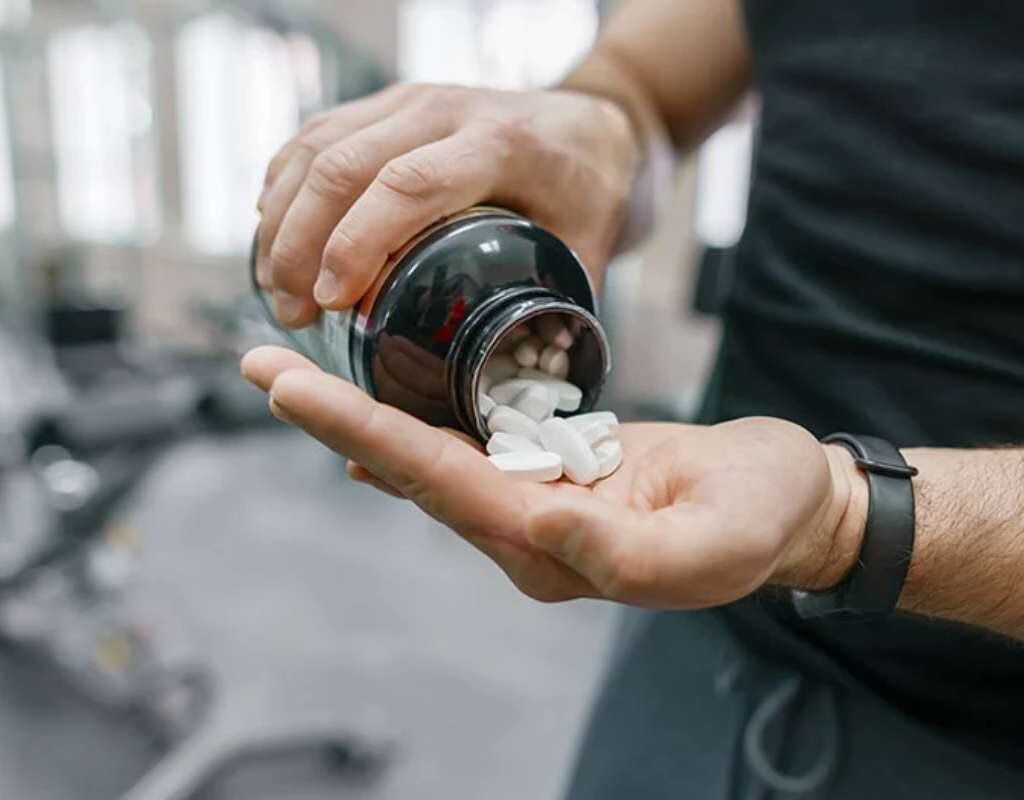
Ecdysterone is often favored for its established research and effectiveness in muscle building without significant hormonal side effects. Whereas, turkesterone is gaining popularity for its unique properties that may offer enhanced benefits, making it a strong contender for those looking for additional anabolic support. The choice between ecdysterone and turkesterone is very subjective and it ultimately depends on individual fitness goals, personal responses to supplementation, and the specific benefits each compound offers. Consulting with a healthcare professional can help guide this decision.
Conclusion
In conclusion, ecdysterone vs turkesterone both offer great results for those who want to enhance their performance, and promote muscle growth, and overall fitness goals. While they share similar chemical structures and potential benefits, the difference in their properties and mechanism of action offers their consumers viable options that are adjusted to meet their specific fitness goals. In the end, the choice between these two should ideally depend on individual fitness goals and professional advice.
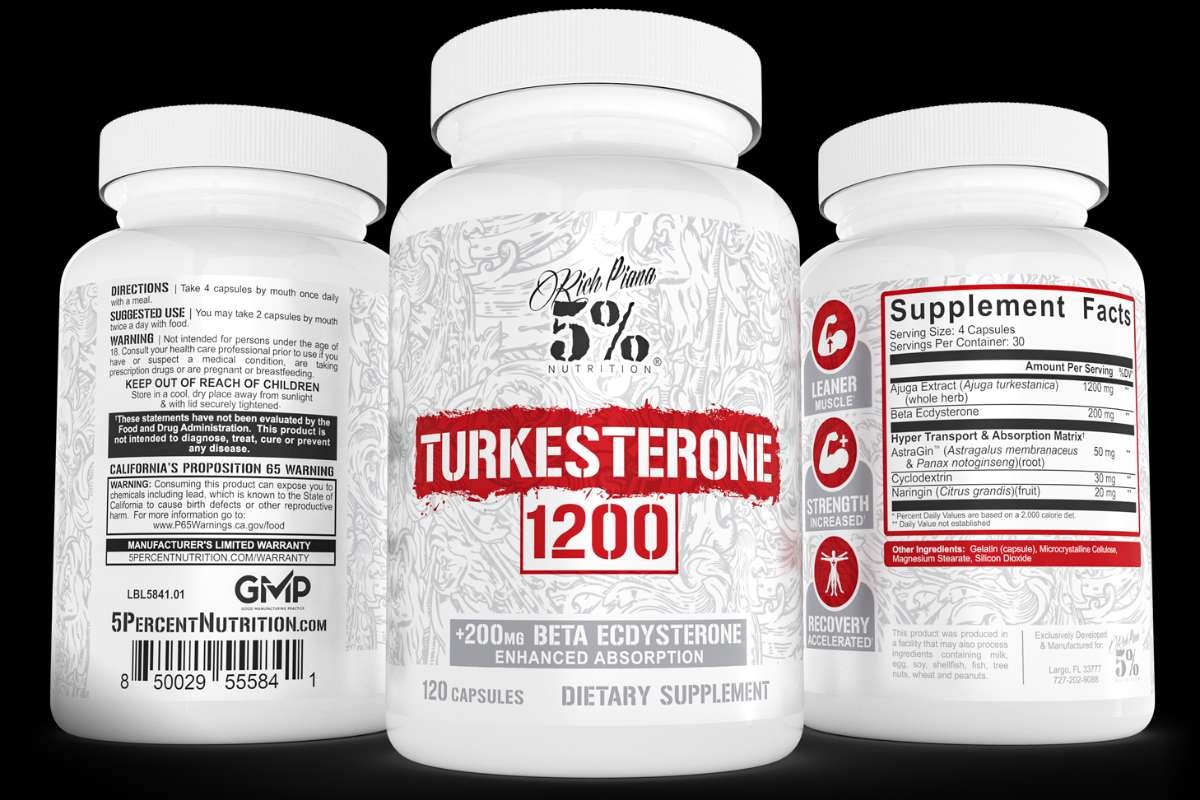
Frequently Asked Questions
1. Which is stronger: ecdysterone or turkesterone?
Ecdysteroids like ecdysterone, turkesterone, and 20-hydroxyecdysone (20E) are structurally similar. However, turkesterone is considered to have the strongest anabolic effect among them.
2. Does ecdysterone cause hair loss?
Unlike testosterone or anabolic-androgenic steroids, ecdysterone has a more favorable safety profile and does not cause androgenic side effects such as hair loss, acne, or prostate enlargement.
3. Is turkesterone better than creatine?
For beginners, creatine is generally a better supplement choice compared to turkesterone. Creatine is not only more effective but also more affordable. Turkesterone is not classified as an androgenic-anabolic steroid.
4. Will ecdysterone show up on a drug test?
Ecdysterone can be detected in urine for over two days post-administration, with peak concentrations occurring between 2.8 and 8.5 hours after ingestion, reaching levels of 4.4 to 30.0 µg/mL.
5. What foods are high in ecdysterone?
Quinoa and spinach are notable for their ecdysterone content. Since ecdysterone has been included in the WADA monitoring program, its excretion from food sources has garnered significant interest.

